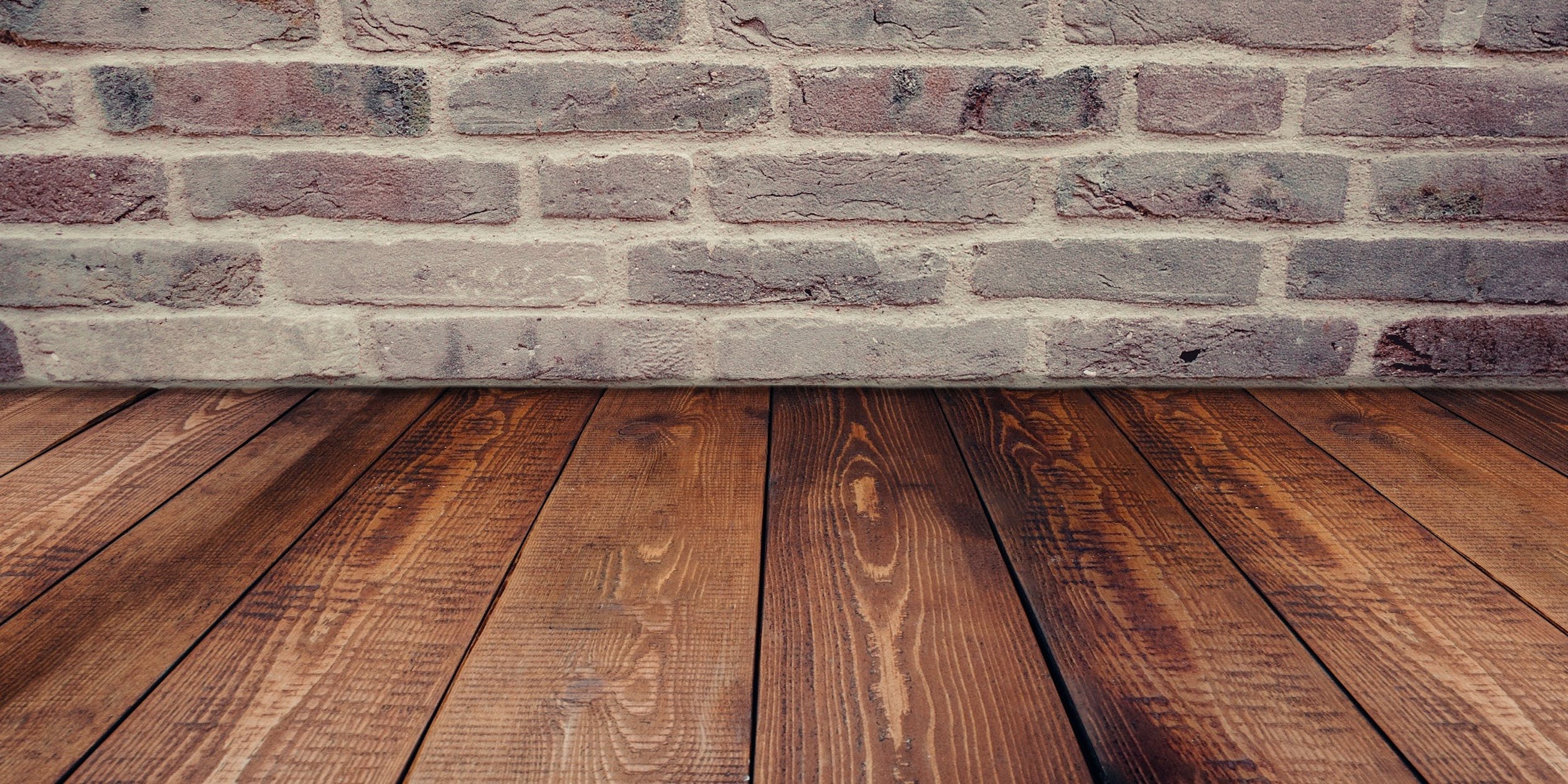How to insulate under your floorboards

Insulating the underside of floorboards can be an effective way to improve the energy efficiency of your home and reduce heating costs.
By insulating the gaps between the floorboards and the joists underneath, you can prevent heat from escaping through the floor and keep your home warmer in the winter months.
Here's a step-by-step guide on how to insulate under floorboards:
- Identify the type of floor construction
The first step is to determine the type of floor construction you have. If you have a suspended timber floor, insulation can be installed between the floor joists. If you have a solid concrete floor, insulation can be installed on top of the concrete.
- Choose the right insulation material
The most common insulation materials used for underfloor insulation are mineral wool, polystyrene, and rigid foam boards. Mineral wool is a cost-effective option that can be easily cut to size and installed between floor joists. Polystyrene is a lightweight material that is easy to handle and can be used to insulate both suspended timber floors and solid concrete floors. Rigid foam boards are a good option for solid concrete floors as they can be laid on top of the concrete and then covered with a layer of screed.
- Prepare the area
Before installing insulation, you need to prepare the area. This involves clearing any debris or obstructions and ensuring that the area is dry and free from moisture. If the area is damp, it will need to be dried out before installation.
- Measure and cut insulation
Once the area is prepared, you need to measure and cut the insulation to size. If you are insulating between floor joists, measure the distance between the joists and cut the insulation to fit snugly. If you are insulating a solid concrete floor, measure the area to be covered and cut the insulation boards to fit.
- Install insulation
To install the insulation, place it between the floor joists or lay it on top of the concrete floor. If you are using mineral wool, ensure that it is pushed tightly into any gaps and that it is not compressed. If you are using polystyrene or rigid foam boards, ensure that the edges are tightly butted together to prevent any gaps.
- Finish the installation
Once the insulation is in place, you can finish the installation. For suspended timber floors, you can lay floorboards on top of the insulation. For solid concrete floors, you can cover the insulation with a layer of screed. If you need to access the area in the future, ensure that there is a hatch or access point.
Insulating under floorboards is a simple and cost-effective way to improve the energy efficiency of your home and reduce heating costs. By following these steps, you can create a more comfortable living space while also doing your part for the environment.